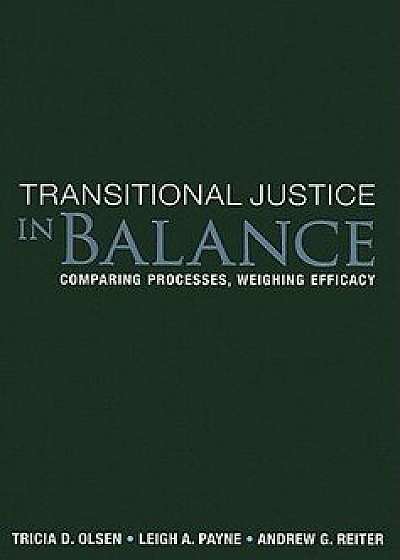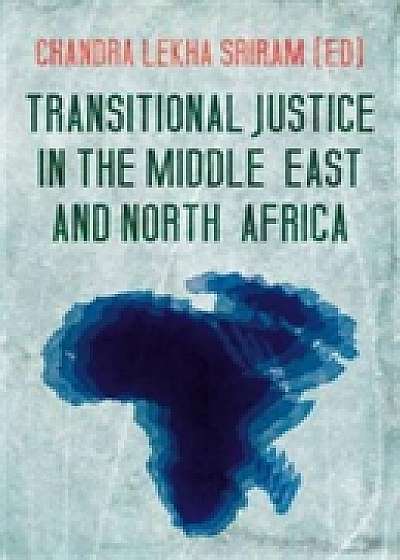
Transitional Justice in Balance: Comparing Processes, Weighing Efficacy, Paperback/Tricia D. Olsen
Descriere
Since the 1970s, countries emerging from dictatorship or civil war have increasingly employed a variety of transitional justice mechanisms to address past human rights violations and to promote reconciliation and democracy. Myriad articles and books have focused on this phenomenon without shedding much light on why a country chooses one mechanism over another, why some countries combine mechanisms, or why some mechanisms work better under certain conditions than others. In the first project of its kind to compare multiple mechanisms and combinations of mechanisms across regions, countries, and time, "Transitional Justice in Balance: Comparing Processes, Weighing Efficacy" systematically analyzes the claims made in the literature using a vast array of data, which the authors have assembled in the Transitional Justice Data Base. Trials, truth commissions, amnesties, reparations, and lustration policies the main focus of the literature to date are among the 854 transitional justice mechanisms, which were implemented in 161 countries from 1970 to 2007 and included in this database. The authors use the database to explore the adoption of transitional justice and its effectiveness in achieving its primary goals. The authors conclude that transitional justice has a positive and significant impact on human rights and democracy in the societies that adopt it, but that it is the combination and sequence of mechanisms that achieves this effect, not any one mechanism alone. In clear, lucid text that scholars and policymakers can easily follow, the authors contend that a justice balance that combines trials and amnesties, with or without truth commissions, is crucial for success in societies seeking improvements in democracy and human rights after conflict."





